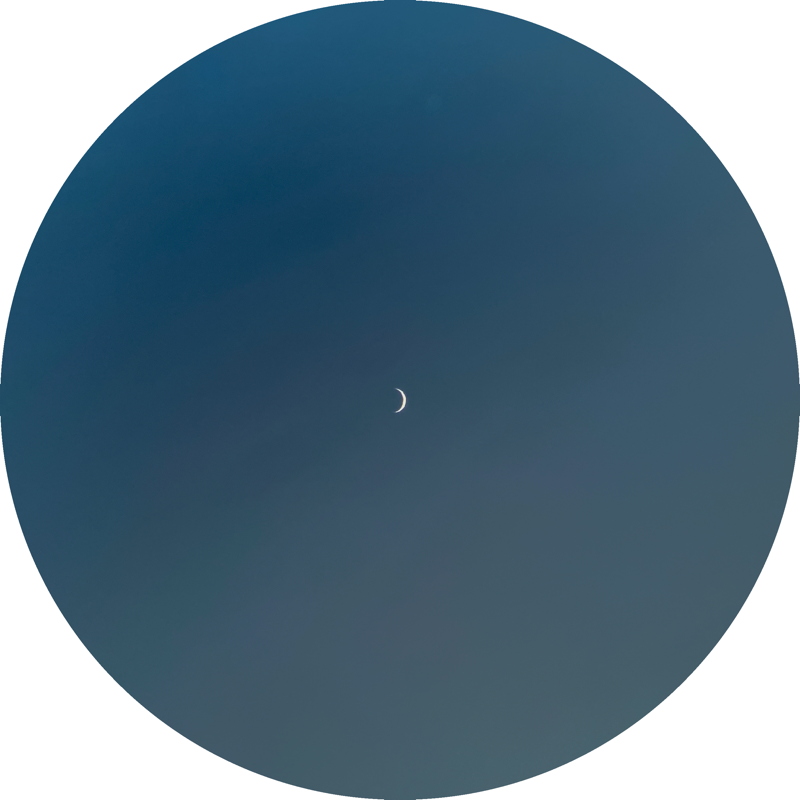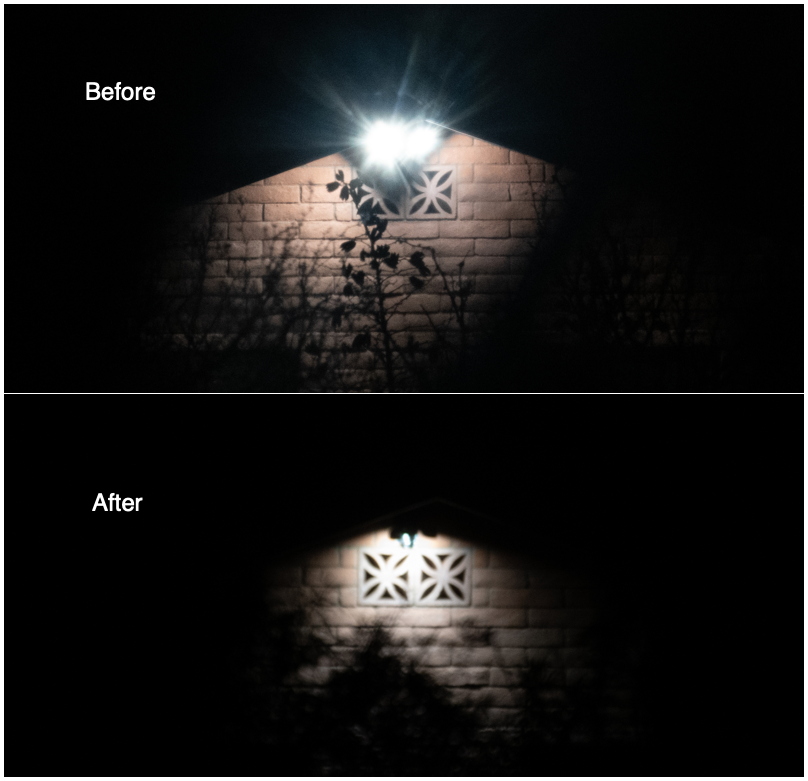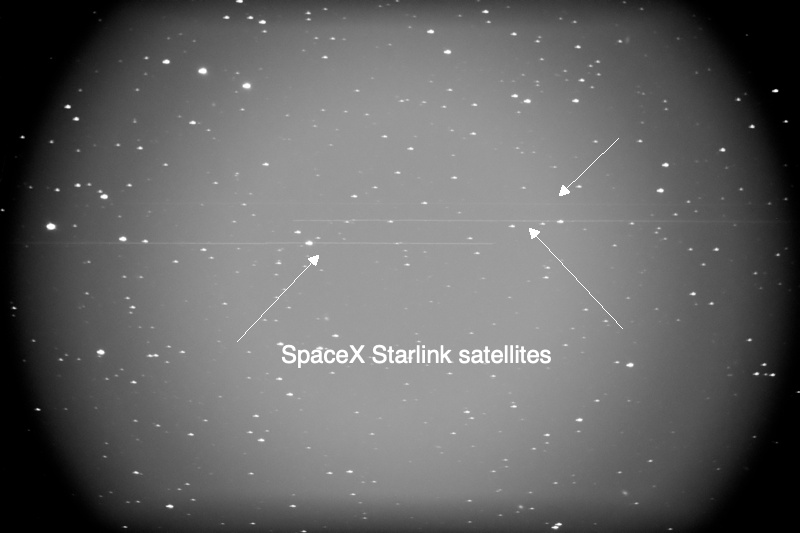Thanks Neighbor!,
Asteroid (4046) Swain
Posted: 16 May 2020
Thursday, 14 May 2020, was cloudy. That afternoon the Air Force did a Healthcare Workers Honor Flight over Tucson. The flight path took them over Mt Lemmon, 10 miles south of Oracle. Although not a great shot due to the distance, I did get the flight of two A-10s and two F-16s as they passed over the mountain.

On Friday, 15 May, the neighbor with the bright unshielded floodlights called me in response to the letter he had just received from me. He was very polite and responsive. He re-aimed the lights to try to reduce the light trespass. I was able to check it this session. He said that bats are what are causing the motion detector to come on so frequently. I would check out the lights this session.
|
Open: Friday, 15 May 2020, 1810 MST Temperature: 91°F |
Session: 1476 Conditions: Clear |
Equipment:
12" f/8 LX600 w/StarLock
2" 24mm UWA eyepiece
Camera:
iPhone 11 Pro Max
D850 DSLR
1815 MST: LX600 ON, StarLock OFF, High Precision OFF.
Viewed Venus, 102X.
Took this handheld iPhone 11 Pro Max photo showing the thin crescent phase of Venus, afocal 102, NightCap Camera (ISO 32, 1/3000sec, 1X lens).

1835 MST: began relaxing on the observatory patio bench while listening to some "Hearts of Space" album on the Apple iPod inside the SkyShed POD observatory. These albums are my favorites when I'm observing.
1900 MST: viewed Venus, 12x50 binoculars. The crescent was easily seen.
1919 MST: sunset.
Took a final look at Venus, 102X.
1923 MST: dome OFF.
Began waiting for the end of Astronomical Twilight (2050 MST).
The neighbor's floodlights began coming on. He had aimed them downward so that they shine more on the side of his house. The change was dramatic! I was no longer blinded by the lights when the bulbs were visible. Before the change, even trees near the observatory were illuminated. Now they are not. Here are before and after photos. Many thanks to my neighbor for responding so quickly!!!

Mounted the D850 DSLR at prime focus + focal reducer, focused on the star Spica, and locked the primary mirror.
2036 MST: the Zodiacal Light was nicely visible in the western sky.
2042 MST: Wi-Fi ON.
Used SkySafari 6 Pro to GOTO to my first asteroid imaging target.
2043 MST: StarLock ON.
Began imaging. Unfortunately, as was the case the previous time I tried to image this asteroid, SpaceX Starlink satellites were driving the StarLock autoguider nuts and stars trailed too badly to get any usable images. This 5 minute, ISO 6400, exposure shows the satellites and the star trailing.

I tried increasing the ISO and shortening the exposure to try to image the Mag. +15.9, but that did not help. Will have to try again on a future session and wait for the Starlink satellites to not be illuminated.
I was able to image Asteroid (4046) Swain, Mag. +16.6, Starlock autoguided, 2 minutes, ISO 12800. The second image shows the animation of two exposures one hour apart. The Starlink satellites were not a problem for this asteroid imaging.


Asteroid Swain is one of the asteroids that has some importance to me. While I was an undergraduate astrophysics student I worked on the Indiana University Asteroid Program for four years. The Astronomy Department was (and still is) located in Swain Hall West.
I tried to image a 3rd asteroid, Mag. +17.4, but was not able to get it with the short exposures I was using to try to avoid Starlink issues. Will try again on the next session.
2223 MST: StarLock OFF, Wi-Fi OFF.
2244 MST: LX600 OFF.
2254 MST: dome ON.
2255 MST: took a Sky Quality reading. Reported the result to Globe at Night.
|
Close: Friday, 15 May 2020, 2302 MST Temperature: 62°F |
Session Length: 4h 52m Conditions: Clear, SQM 21.31 |
ANNOUNCEMENT: I have agreed to write reviews for Astronomy Technology Today magazine. Some of the reviews I have posted on my Cassiopeia Observatory web site have been repurposed and published in the magazine. Under our new agreement, some new reviews will appear first in the magazine, and will be posted on my web site shortly afterwards.
Comments are welcome using Email. Twitter users can use the button below to tweet this report to their followers. Thanks.
Cassiopeia Observatory Home Page
Copyright ©2020 Michael L. Weasner / mweasner@me.com
URL = http://www.weasner.com/co/Reports/2020/05/16/index.html
